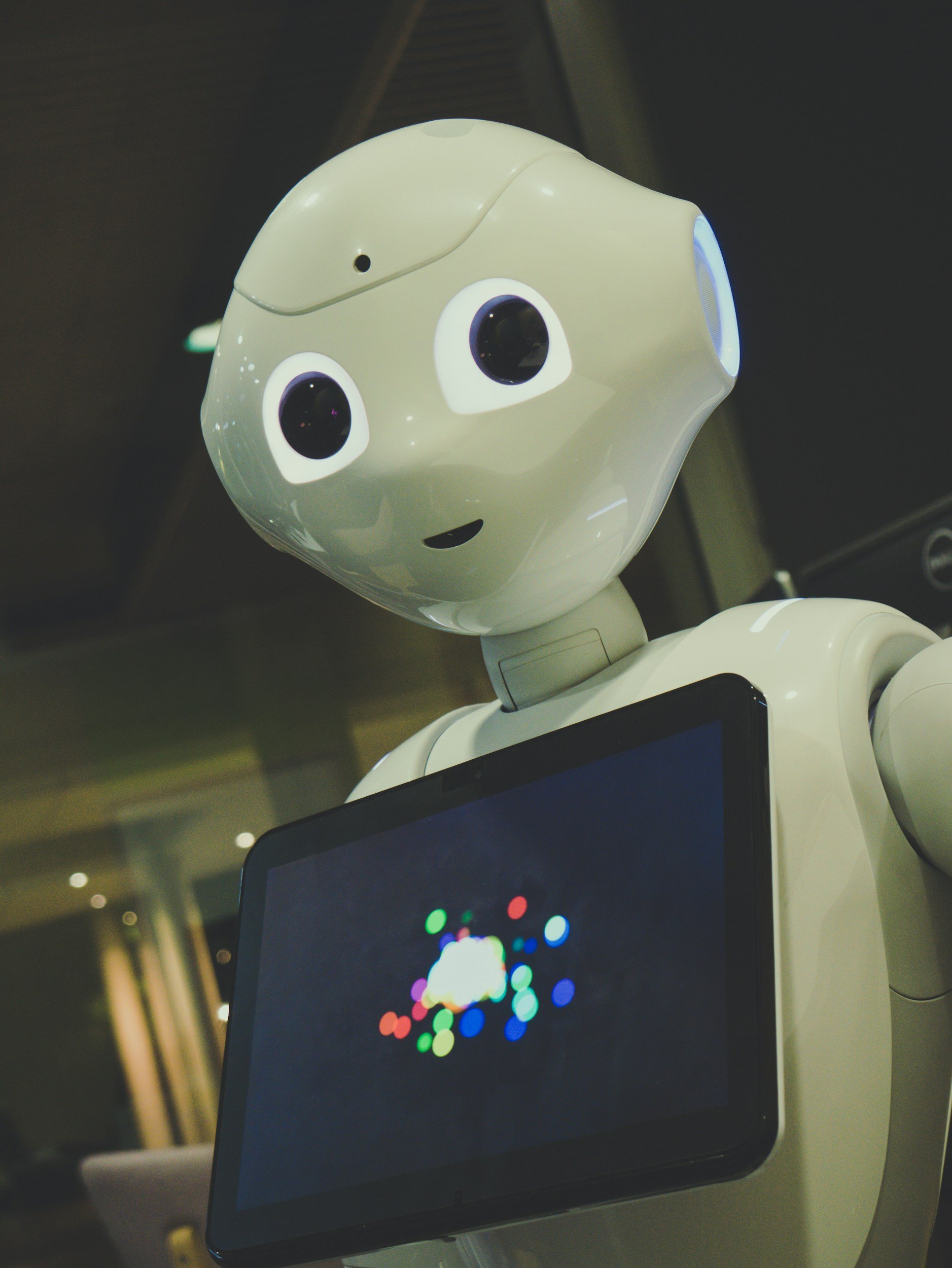AI Bias is Not a Bug — It’s a Mirror
The Comforting Myth of the "Flawed Machine"
It’s a tempting story: that when an AI makes a biased decision, it’s simply a bug in the system. A hiccup. A problem of code that can be patched and forgotten.
But that story isn’t just misleading — it’s dangerous.
Because bias in AI isn’t a glitch. It’s a mirror.
It reflects the data we feed it, the decisions we embed into it, and the society we live in.
Bias in AI doesn’t happen by accident. It happens by design — whether intentional or not.
And once we stop treating bias like a technical error, we can finally start treating it like the deeply human problem it is.
What Does Bias in AI Actually Mean?
In machine learning, bias refers to any pattern that skews results away from what’s fair or accurate. Sometimes bias is necessary — like preferring simpler explanations in statistics. But the kind of bias we worry about is different: social bias.
This happens when AI systems reflect and repeat harmful stereotypes, unfair assumptions, or exclusionary patterns.
Some real-world examples:
Facial recognition systems misidentifying Black and brown faces at much higher rates than white faces.
Hiring algorithms downgrading resumes with female-coded names.
Language models completing the phrase “a nurse is…” with “she” and “a CEO is…” with “he.”
Predictive policing tools directing more attention toward neighborhoods already over-policed, perpetuating cycles of surveillance.
These are not random errors. They’re patterns — learned from the vast oceans of human-created data these models are trained on.
📌 Reminder: AI doesn’t have values. But it absorbs ours — and scales them.
Where Does This Bias Come From?
Bias doesn’t live in just one part of an AI system — it’s woven into every stage:
🧠 1. The Training Data
Most AI models are trained on data scraped from the internet — forums, articles, books, images. That data is full of the good, the bad, and the deeply biased.
Garbage in, bias out.
🧷 2. The Labels
Many systems rely on labeled data — where humans tag what things are. But people label through the lens of their own assumptions, cultures, and blind spots.
If one person’s “assertive” is another’s “aggressive,” bias follows.
🛠️ 3. The Model Design
Developers decide what to optimize for — accuracy, relevance, speed, “helpfulness.” But those metrics often ignore fairness or representation. What gets optimized gets repeated.
📦 4. The Context of Use
A model trained to recognize objects might do fine in photos, but fail disastrously when used in medical diagnosis or job screening. The stakes change, but the assumptions don’t.
Why “Fixing the Data” Isn’t Enough
There’s a popular belief that if we just clean up the training data, the bias problem goes away.
It doesn’t.
Why? Because:
Cleaning data still relies on human judgment — what counts as “neutral” or “appropriate” is itself subjective.
Debiasing techniques can make bias less visible, not less real.
Bias audits may miss subtler forms of harm, especially when those most affected aren’t in the room.
Bias isn't a surface flaw — it's structural. And it often survives even well-meaning fixes.
We don’t just need better data.
We need better questions about who decides what counts as fair — and for whom.
So What Do We Do?
We stop looking away. We look straight into the mirror.
And then, we act — with care, clarity, and conscience.
Here’s what that looks like:
🔍 Transparency
Demand and build systems that explain how decisions are made.
Support open models, audit trails, and plain-language disclosures.
🧑🏽🤝🧑🏾 Inclusion
Include affected communities in design and deployment.
Expand datasets to reflect the real world — not just the most visible parts of it.
✍️ Ethical Prompting
Choose words that don’t reinforce stereotypes.
Question defaults. Experiment with reversing assumptions.
♻️ Slow Tech
Not every problem needs AI.
Consider the consequences of scaling a flawed pattern — faster, further, wider.
🌿 Responsibility Over Blame
Individual users can do a lot — but real change also means holding tech companies accountable.
Responsibility is shared. But it’s also active.
The Mirror Can Be Changed
AI doesn’t have to reflect the worst parts of us. But it won’t reflect the best unless we teach it to — with intentional choices, careful data, and diverse voices.
We don’t need perfect AI. We need responsible AI.
And we don’t need to be engineers to help get there. We just need to ask better questions. To prompt with purpose. To build daisy chains, not echo chambers.
Bias isn’t a bug. It’s a mirror.
Let’s not shatter it. Let’s change what it reflects.
References and Resources
The following sources inform the ethical, legal, and technical guidance shared throughout The Daisy-Chain:
U.S. Copyright Office: Policy on AI and Human Authorship
Official guidance on copyright eligibility for AI-generated works.
Global framework for responsible and inclusive use of artificial intelligence.
Research and recommendations on fair, transparent AI development and use.
International standards for trustworthy AI.
Stanford Center for Research on Foundation Models (CRFM)
Research on large-scale models, limitations, and safety concerns.
MIT Technology Review – AI Ethics Coverage
Accessible, well-sourced articles on AI use, bias, and real-world impact.
OpenAI’s Usage Policies and System Card (for ChatGPT & DALL·E)
Policy information for responsible AI use in consumer tools.















